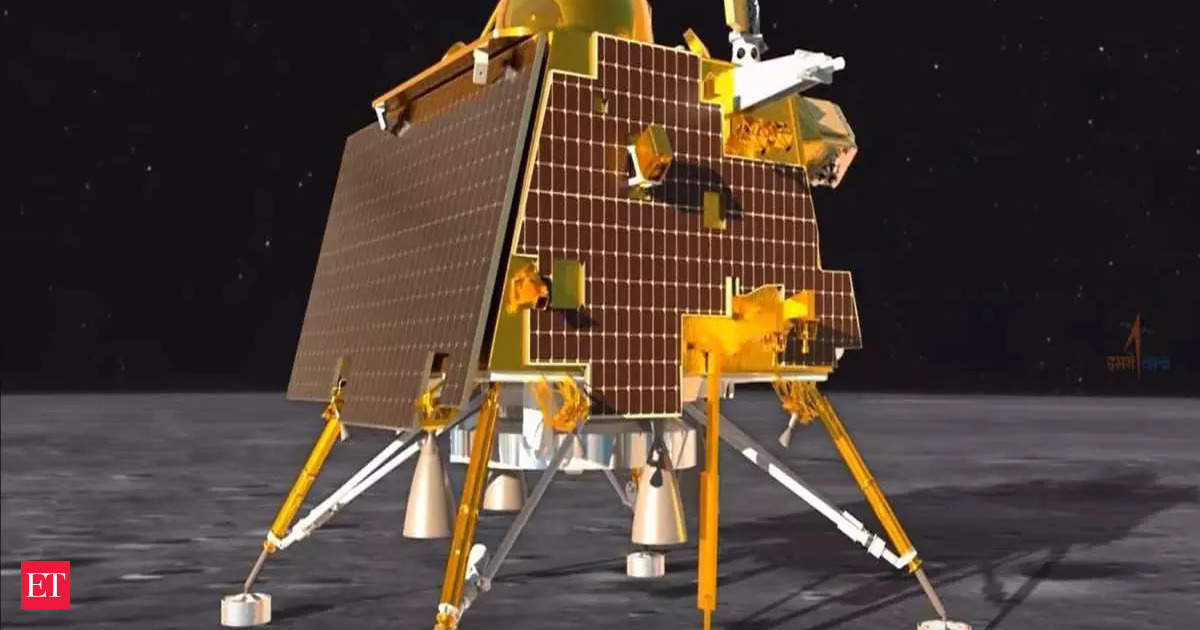After the successful Chandrayaan-3 mission, ISRO is now setting its sights on the next big step in space exploration: the Chandrayaan-4 mission. This mission is expected to bring back lunar samples to Earth, marking a significant advancement for ISRO. The spacecraft will travel to the moon, land, collect samples, and then connect to another module in space. The module will then return to Earth orbit. The mission is ambitious and aims to bring samples from the moon within the next five to seven years.
The Chandrayaan-4 mission will require two launch vehicles containing four modules: Transfer module, Lander Module, Ascender Module, and Re-entry module. After landing on the moon, the Ascender Module will separate from the Lander Module and collect the lunar samples. This mission is expected to be more complex than its predecessor, Chandrayaan-3, with a heavier rover weighing 350 kg and a challenging landing on the moon’s rim, an unexplored region.
The success of the Chandrayaan-4 mission hinges on its ability to return lunar samples to Earth. This process requires two powerful rockets for the cargo carrying the samples. Currently, confirmation regarding the mission’s feasibility is pending from the space agency.
In addition to the Chandrayaan-4 mission, ISRO is collaborating with the Japanese space agency, JAXA, on the LuPEX mission. LuPEX aims to explore the moon’s darker side and areas up to 90 degrees on the lunar surface. This mission weighs 350 kg and adds to India’s ambitious plans for space exploration.
Overall, ISRO’s pursuit of the Chandrayaan-4 mission and collaboration on the LuPEX mission showcase India’s commitment to advancing space exploration and pushing boundaries in lunar research.











